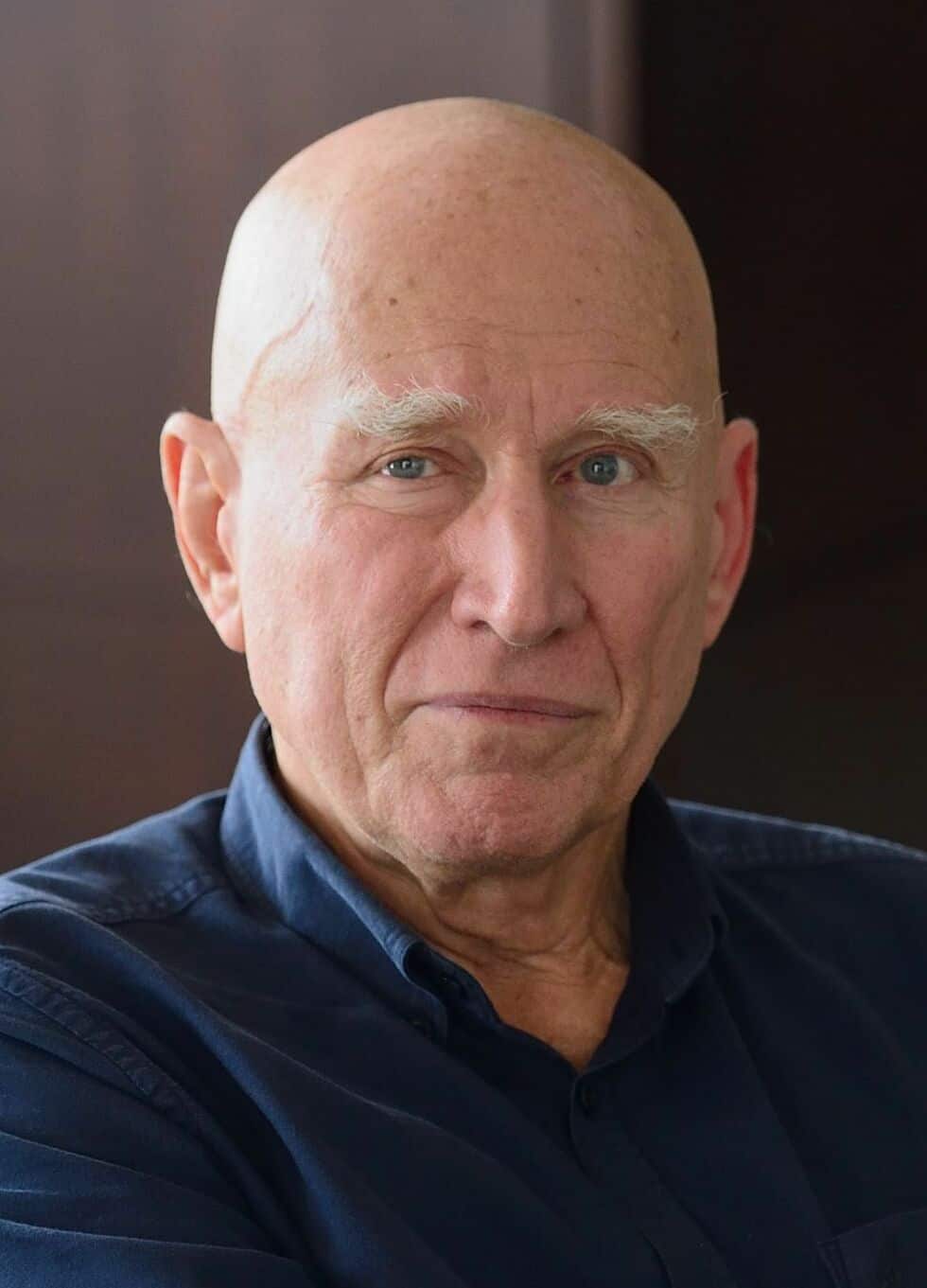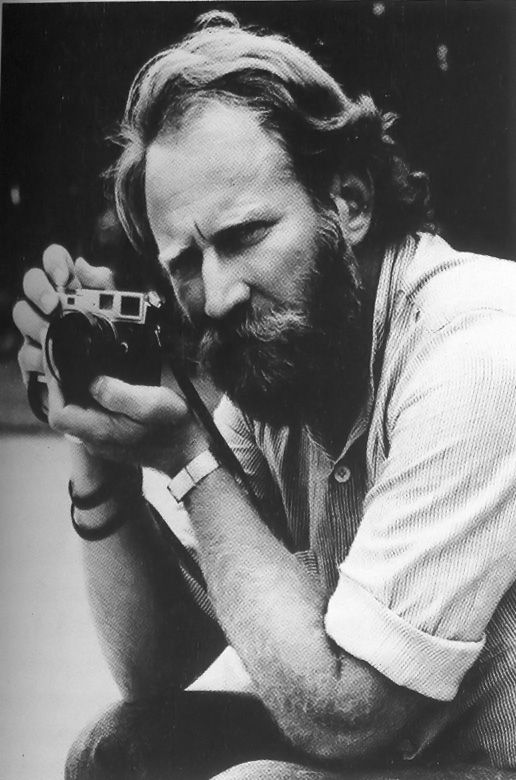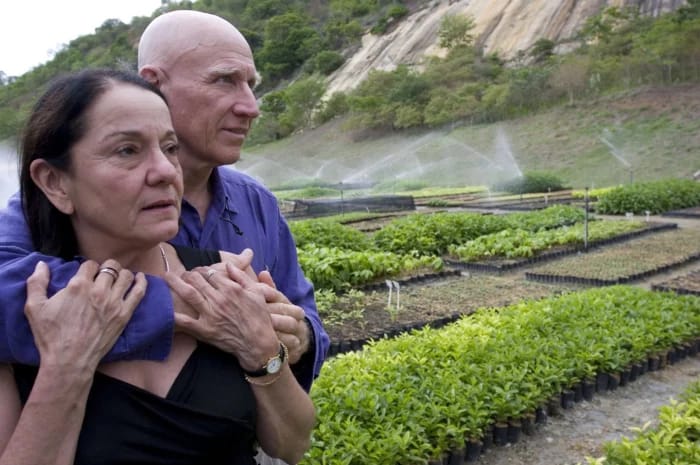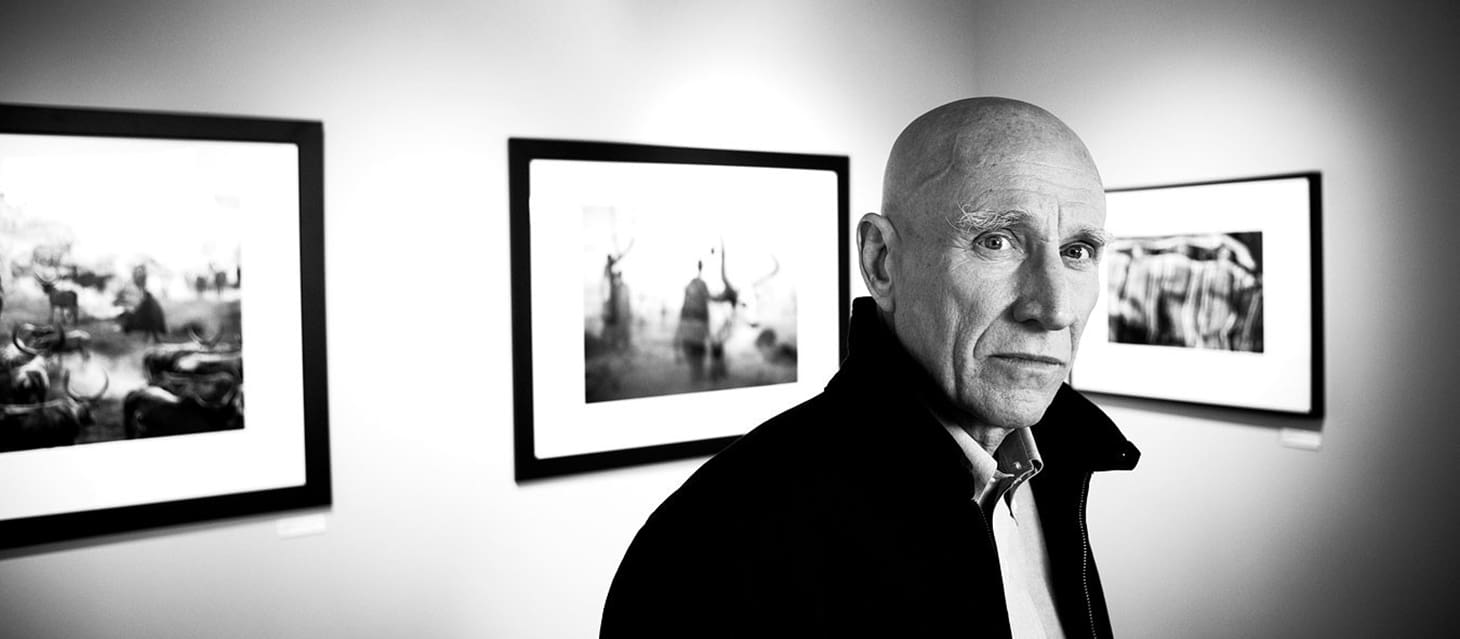Sebastião Salgado is a renowned Brazilian photographer and photojournalist who has made a name for himself through his socially-themed documentary projects. Born on February 8, 1944, Salgado has traveled to over 120 countries for his photographic projects, capturing the plight of workers in third-world countries. His work has appeared in numerous press publications and books, earning him multiple awards and accolades.
Despite his success as a photographer, there is a lot of speculation about Sebastião Salgado’s net worth. While some sources estimate his net worth to be in the millions, others suggest a more modest figure. Nevertheless, it is clear that Salgado’s work has significantly impacted the world of photography, and his contributions to the field cannot be ignored.
Content of This Article
- Sebastião Salgado’s Appearance
- Facts About Sebastião Salgado
- Sebastião Salgado’s Net Worth
- Early Life
- Sebastião Salgado’s Wife and Family
- Sebastião Salgado’s Career
- Sebastião Salgado’s Real Estate
Sebastião Salgado’s Appearance (Height, Hair, Eyes & More)
| Height | N/A |
| Weight | N/A |
| Hair Color | Bald |
| Eye Color | Green |
| Body Type | Average |
| Sexual Orientation | Straight |
Facts About Sebastião Salgado
| Nationality | Brazilian |
| Estimate Net Worth | $5 million |
| Religion | N/A |
| Zodiac Sign | Aquarius |
| Birthplace | Aimorés, Minas Gerais, Brazil |
| Birthday | February 8, 1944 |
Sebastião Salgado’s Net Worth

As of 2023, Sebastião Salgado’s net worth is estimated at $5 million. His primary source of income is his profession as a Brazilian social documentary photographer and photojournalist who has gained worldwide recognition for his work.
Salgado’s career began in economics, where he worked for the International Coffee Organization and the World Bank. However, he eventually abandoned economics in favor of photography and began working on new projects before transitioning to making documentaries.
Salgado has traveled to over 120 countries for his photographic projects, and his work has appeared in numerous press publications and books. He is best known for his photojournalism projects, such as “Migrations,” “Sahel: The End of the Road,” and “Genesis.”
In 1998, Salgado and his wife, Lélia Wanick Salgado, founded the “Instituto Terra,” a non-profit organization dedicated to the restoration and sustainable development of Brazil’s Atlantic Forest. Salgado’s environmental activism has been a significant focus of his recent work, and he has been awarded numerous accolades for his contributions to the field of photography.
Overall, Sebastião Salgado’s net worth may not be as high as some other photographers, but his impact on the world of photography and environmental activism is immeasurable.
Early Life

Sebastião Salgado was born on February 8, 1944, in Aimorés, Minas Gerais, Brazil. He spent most of his childhood in a farming community in São Paulo. Salgado’s interest in photography began in his teenage years when he received a gift of a camera from his parents.
Education
After completing his secondary education, Sebastião Salgado studied economics at the University of São Paulo. He received his master’s degree in economics from the same university in 1968. Later, he pursued a doctoral degree in economics at the University of Paris, which he completed in 1971.
During his time in Paris, Salgado became interested in photography and began taking pictures as a hobby. He soon realized that his passion for photography was more substantial than his interest in economics. He abandoned his career in economics and decided to pursue photography full-time.
Salgado’s decision to pursue photography led him to the École Nationale Supérieure de la Photographie in Arles, France, where he studied under the guidance of photographer and filmmaker Jean Dieuzaide. Salgado also attended the University of Paris, where he studied visual anthropology.
Overall, Salgado’s educational background in economics and visual anthropology and his passion for photography laid the foundation for his successful photography career.
Sebastião Salgado’s Wife and Family

Sebastião Salgado’s wife is Lélia Wanick Salgado. The couple has been married for over 50 years and have worked together on numerous projects. Lélia co-founded Amazonas Images, a photography agency that represents Sebastião’s work. She is also the co-founder of “Instituto Terra,” a non-profit organization dedicated to restoring the Atlantic Forest in Brazil.
Sebastião and Lélia have two sons, Juliano and Rodrigo. Juliano is a film director and producer, while Rodrigo is a lawyer. Both sons have worked with their parents on various projects, including the documentary film “The Salt of the Earth,” directed by Juliano and co-produced by Rodrigo.
The Salgado family resides in Paris, France, where Sebastião and Lélia have lived since the 1980s. They also have a home in Brazil, where they established Instituto Terra. The married couple’s partnership has been instrumental in their success as photographers and environmental activists. They have collaborated to create a social and environmental awareness legacy through art and activism.
Sebastião Salgado’s Career

Sebastião Salgado is a Brazilian social documentary photographer and photojournalist who has traveled to over 120 countries for his photographic projects. He started his career as an economist but shifted his focus to photography in the late 1970s. Salgado has worked for various press agencies, including Magnum, Sygma, and Gamma. He has also founded two photographic agencies: Amazonas Images and Magnum Photos.
Salgado’s work focuses on manual labor, third-world issues, and the struggle of the landless. He has documented workers’ lives in various industries, including coffee workers in Brazil and manual laborers in Africa. He has also covered the Rwandan genocide and the war in former Yugoslavia.
Exhibitions
Sebastião Salgado’s work has been exhibited in numerous galleries and museums worldwide. Some of his most notable exhibitions include: “Migrations: Humanity in Transition” (2000), “Africa” (2007), “Genesis” (2013), and “Amazonia” (2021). In addition, his work has been featured in various publications, including “Workers” (1993), “Migrations” (2000), and “Genesis” (2013).
Salgado has received numerous prizes and honors for his work, including the Hasselblad Award, an honorary fellowship from the Royal Photographic Society, and the Praemium Imperiale from the Japan Art Association. Furthermore, his work has also been the subject of several documentaries, including “The Salt of the Earth” (2014), directed by Wim Wenders, and “Sebastião Salgado: An Uncertain Grace” (1990), directed by Christian Cravo.
Salgado’s photography focuses on the struggles of humanity and the planet, including famine, deforestation, and conservation. He has also documented the landscapes and wildlife of various regions, including the Sahel, the Amazon rainforest, and the Atlantic forest. Salgado’s work has been praised for its black-and-white aesthetic and ability to capture his subjects’ emotions and instincts.
Sebastião Salgado’s Real Estate
Sebastião Salgado is known for his stunning photography and his dedication to environmental conservation. He has traveled to over 120 countries, capturing images of people and places that often go unnoticed. While he has documented the beauty of many locations worldwide, he is particularly passionate about Brazil’s Amazon rainforest and the Atlantic forest.
Salgado and his wife, Lélia Wanick Salgado, founded the “Instituto Terra” in 1998, an organization dedicated to reforestation and conservation efforts in Brazil. The couple has also been involved in various real estate projects, often using their properties to support their environmental initiatives.
One of Salgado’s most notable real estate projects is his home in Paris, France. The property is a stunning 18th-century mansion that the couple purchased in 1984. They spent several years renovating the property, turning it into a beautiful space filled with art and natural light. The home also features a large garden filled with plants and trees that Salgado and his wife have collected worldwide.
In addition to their home in Paris, Salgado and his wife own a property in Brazil used for reforestation efforts. The property is in the Atlantic forest region, one of the world’s most threatened ecosystems. Salgado and his wife have worked tirelessly to restore the forest, planting over 2 million trees.
Salgado’s real estate projects are a testament to his commitment to environmental conservation. He and his wife have used their properties to support their initiatives, and their efforts have significantly impacted the world around them.
Net Worth of Other Notable Photograpers
Richard Avedon’s Net Worth
Richard Avedon, an iconic American fashion and portrait photographer, was known for his groundbreaking visual narratives and ability to capture the essence of his subjects with depth and honesty. Throughout his extensive career, he worked with countless celebrities, models, and notable personalities, making significant contributions to the world of photography and establishing himself as a significant force in the industry. His works not only brought him acclaim and recognition but also substantial financial success, leading many to inquire about Richard Avedon’s net worth.
Dorothea Lange’s Net Worth
Dorothea Lange, born on May 26, 1895, in Hoboken, New Jersey, was an iconic American documentary photographer and photojournalist whose work during the Great Depression left an indelible mark on the history of photography. Rising from her early days as a portrait photographer, Lange’s profound images, particularly her famed “Migrant Mother,” depicted the raw hardships faced by migrant workers, the unemployed, and their families. Serving as a voice for marginalized communities, her photographic narratives captured authentic emotions and shed light on socio-economic disparities of her era. Her dedication to using her craft as a platform for social commentary led to recognition and accolades, among which she was posthumously inducted into California’s Hall of Fame. With a career that had such historical significance, it’s intriguing to delve into aspects such as Dorothea Lange’s net worth, which is estimated to have been between $1 million to $5 million.
